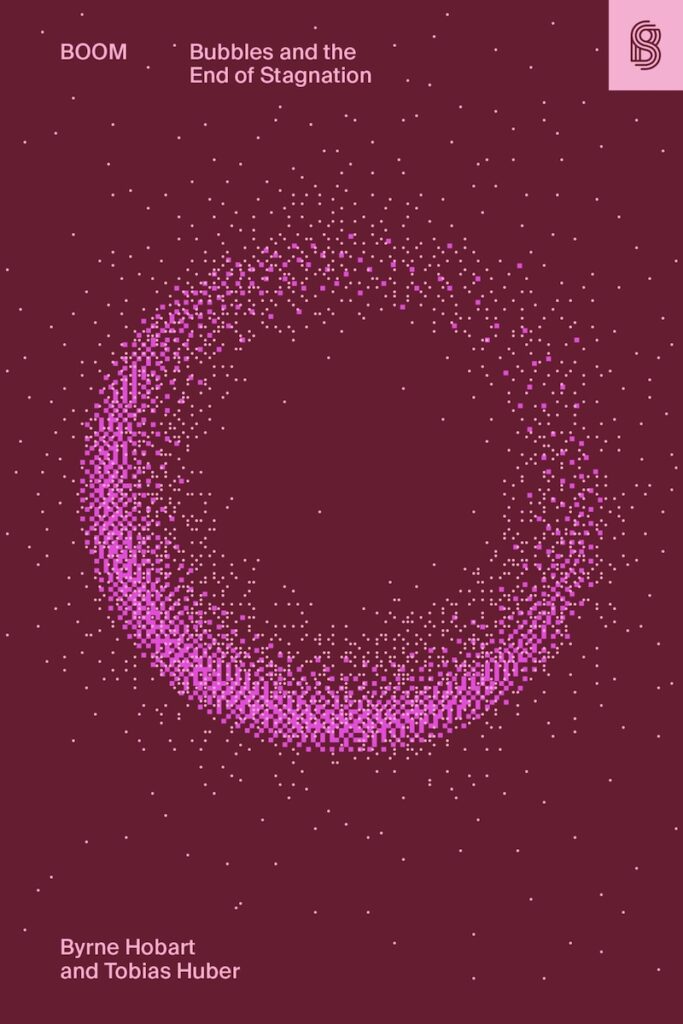“Boom” by Byrne Hobart and Tobias Huber makes the case that, except for a few periods of irrational growth, we have been in a period of scientific, technological, cultural, and economic stagnation since about 1970. The authors posit that this has been driven by extreme risk aversion and homogeneity. The few exceptions have been periods of irrational investment, risk taking, and innovation. Even though these bubbles eventually burst, typically failing to provide an economic return to investors, the advances produced benefit all of society and become the foundation on which future innovation and viable business models are built.
The book presents this thesis with a promise. The thesis that bubbles break through our current stagnation to produce long-term value and innovation is compelling. However, in their description of the book, the authors set the expectation that “Boom ” provides a blueprint for accelerating innovation and a path to unleash a new era of global prosperity.” While their observations are interesting and the stories they tell are, at times, fascinating, they fail to deliver on the promise. At the point where readers expect to receive a plan for leveraging the value-creating power of bubbles, we instead are treated to spiritual musings and (in my opinion) bad theology. We are exhorted to lift ourselves up and transcend reality, which, in our highly rational world, isn’t likely to happen.
If your passion is in the transcendent ability of technology and innovation to overcome the constraints of our current realities, “Boom” may be an interesting read for you. If you are a fan of the history of how innovations have impacted society, I strongly recommend reading the six chapters in Part II of “Boom” For others, the insights that can be gleaned from the book likely aren’t worth the effort required to extract them.

